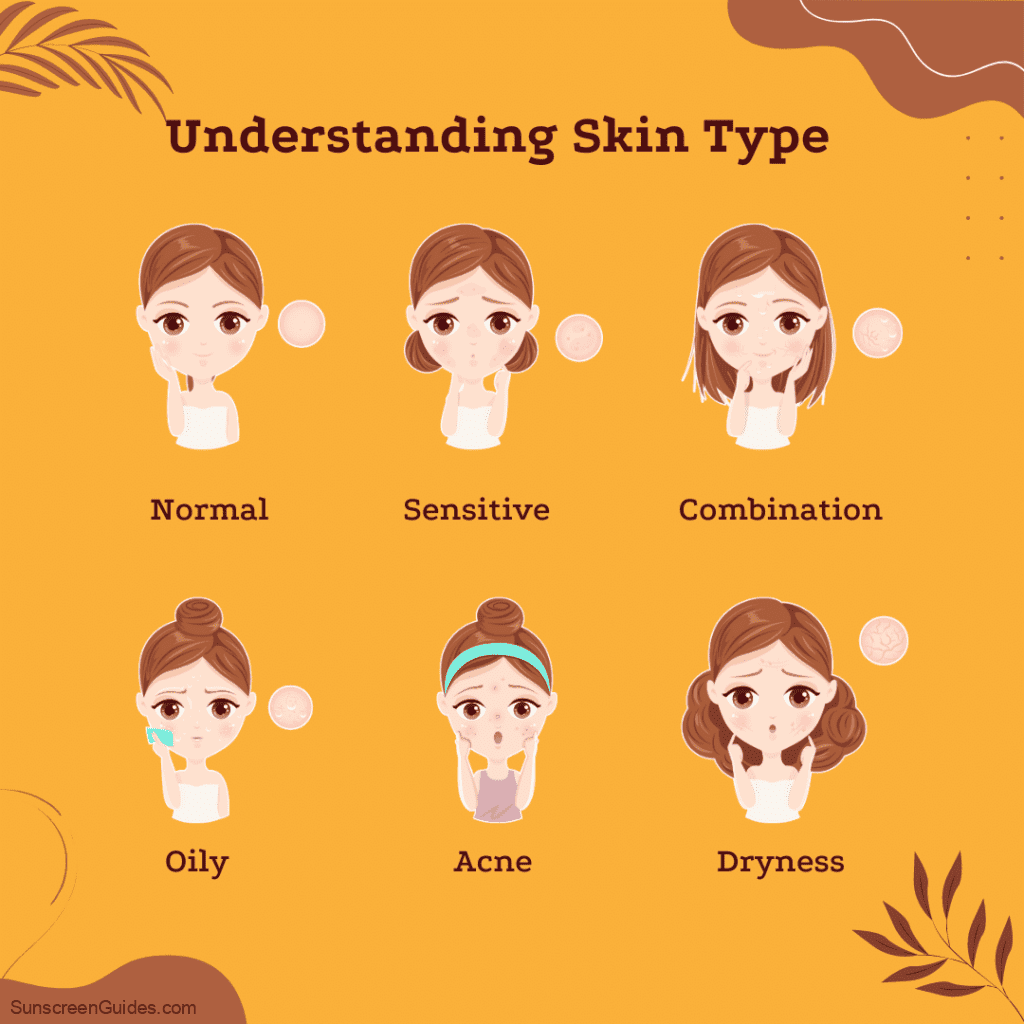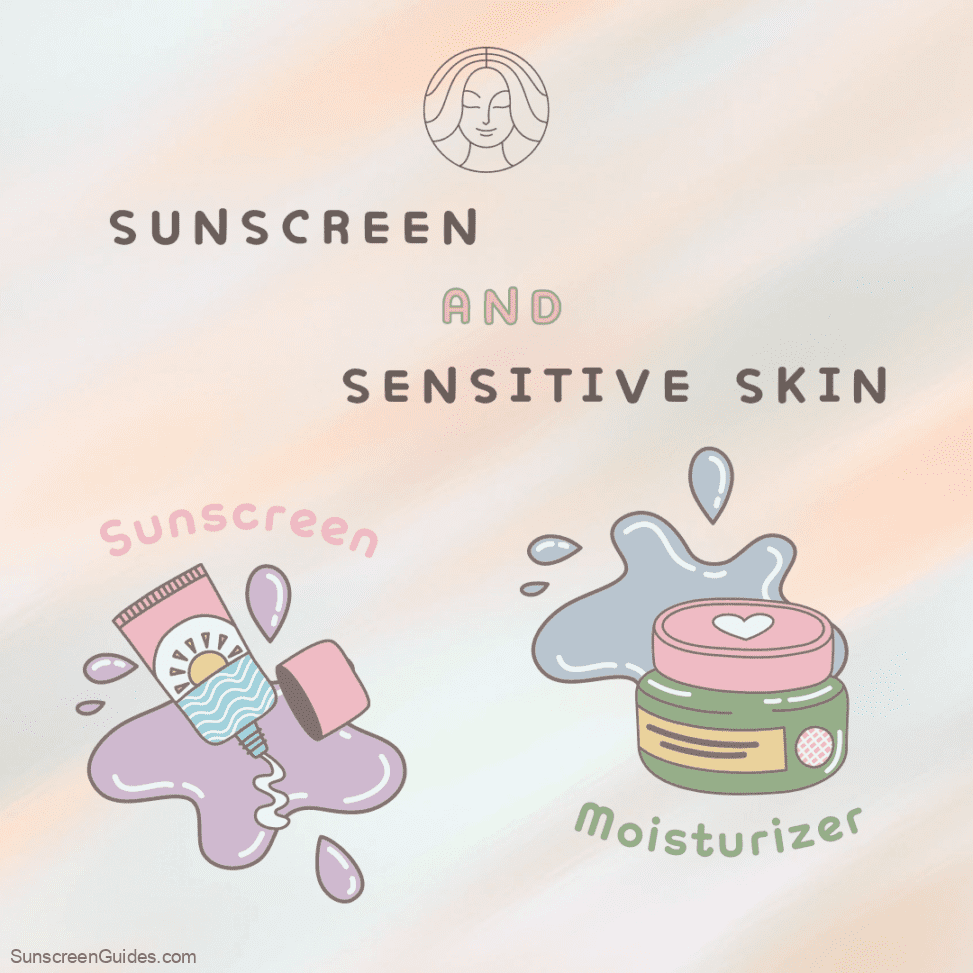Taking care of your skin is essential, especially if you have sensitive skin. When it comes to sun protection, finding the perfect sunscreen for your sensitive skin can be a game-changer. In this article, we will explore the unique challenges faced by individuals with sensitive skin and provide valuable tips for selecting and using sunscreen that will keep your skin protected and comfortable. So, let’s dive in and discover the perfect match for your sensitive skin!
Table of Contents
Understanding Skin
Sensitive skin can be characterized by its heightened reactivity and susceptibility to irritation. Individuals with sensitive skin often experience redness, itching, dryness, or a stinging sensation when exposed to certain ingredients or environmental factors. Understanding your skin’s sensitivities is crucial when choosing the right sunscreen.

Sensitive Skin-Friendly Ingredients:
When it comes to sunscreen for sensitive skin, it’s essential to look for products that are formulated with gentle and non-irritating ingredients. Some key ingredients to consider include:
- Mineral Sunscreen: Mineral sunscreens, containing active ingredients like zinc oxide and titanium dioxide, are generally well-tolerated by sensitive skin. These ingredients provide a physical barrier that reflects and scatters UV rays without penetrating the skin.
- Chemical-Free Formulas: Opt for sunscreen formulas that are labeled “chemical-free” or “fragrance-free.” These formulations are less likely to cause irritation or trigger allergic reactions in individuals with sensitive skin.
- Hypoallergenic and Non-Comedogenic Products: Look for sunscreens that are labeled as hypoallergenic and non-comedogenic. These terms indicate that the product is specifically formulated to minimize the risk of allergic reactions and clogged pores, making them suitable for sensitive skin.
Choosing the Right Sunscreen for Your Skin
Finding the perfect sunscreen for sensitive skin requires careful consideration. Here are some tips to guide you in selecting the right product:
- Broad-Spectrum Protection: Ensure that the sunscreen you choose offers broad-spectrum protection, shielding your skin from both UVA and UVB rays. UVA rays can penetrate deeper into the skin and contribute to premature aging, while UVB rays are responsible for sunburns.
- SPF Level: Select a sunscreen with an SPF (Sun Protection Factor) of 30 or higher. Higher SPF provides increased protection, but it’s important to remember that no sunscreen offers 100% protection. Reapplication is key, regardless of the SPF level.
- Patch Test: Before applying sunscreen all over your face or body, perform a patch test on a small area of your skin. This helps you identify any potential adverse reactions before applying it to a larger area.
- Consider Texture and Formulation: Choose a sunscreen with a texture and formulation that suits your sensitive skin. If you have dry skin, opt for a moisturizing sunscreen, while those with oily or acne-prone skin may prefer lightweight, oil-free formulations.
- Seek Recommendations: Consult with a dermatologist or skincare professional who can recommend specific sunscreen products suitable for sensitive skin. They can take into account your unique skin needs and guide you towards the best options.
Sunscreen Application Tips for Your Skin
Proper application of sunscreen is crucial for effective sun protection, especially for individuals with sensitive skin. Follow these tips to ensure optimal application:
- Cleanse and Moisturize: Start with a gentle cleanser to remove any dirt or impurities from your skin. Follow up with a lightweight, non-irritating moisturizer to provide a smooth base for sunscreen application.
- Apply Generously: Use an adequate amount of sunscreen to ensure proper coverage. The general guideline is about a nickel-sized dollop for the face and a shot glass amount for the body. Don’t forget to apply sunscreen to often overlooked areas like the ears, neck, and backs of hands.
- Gentle Application Technique: Avoid rubbing or tugging on your skin when applying sunscreen. Instead, use gentle, upward motions to spread the product evenly. If you have sensitive facial skin, consider using a soft makeup sponge or your fingertips for a more delicate application.
- Reapply Regularly: Remember to reapply sunscreen every two hours or more frequently if you’re sweating or exposed to water. This is especially important if you’re spending an extended period outdoors or engaging in physical activities.
Additional Tips for Sensitive Skin Sun Protection
Here are some extra tips to ensure sun protection for your sensitive skin:
- Seek Shade: When possible, seek shade during peak sun hours, typically between 10 am and 4 pm. This reduces direct sun exposure and minimizes the risk of sun damage.
- Protective Clothing: Wear clothing that offers additional sun protection, such as long sleeves, pants, wide-brimmed hats, and UV-blocking sunglasses. This helps to shield your skin from harmful UV rays.
- Avoid Tanning Beds: Tanning beds emit harmful UV rays that can be particularly damaging to sensitive skin. It’s best to avoid them altogether and opt for safer alternatives like self-tanning lotions or sprays if you desire a sun-kissed glow.
Conclusion
Protecting your sensitive skin from the sun’s harmful rays is essential for maintaining its health and preventing potential damage. By understanding your skin’s sensitivities, choosing the right sunscreen, and following proper application techniques, you can enjoy the benefits of sun protection without irritation or discomfort. Remember to prioritize your skin’s well-being all year round, and embrace the perfect match between sunscreen and sensitive skin.
You can check sunscreen recommendations from Medical News Today.
